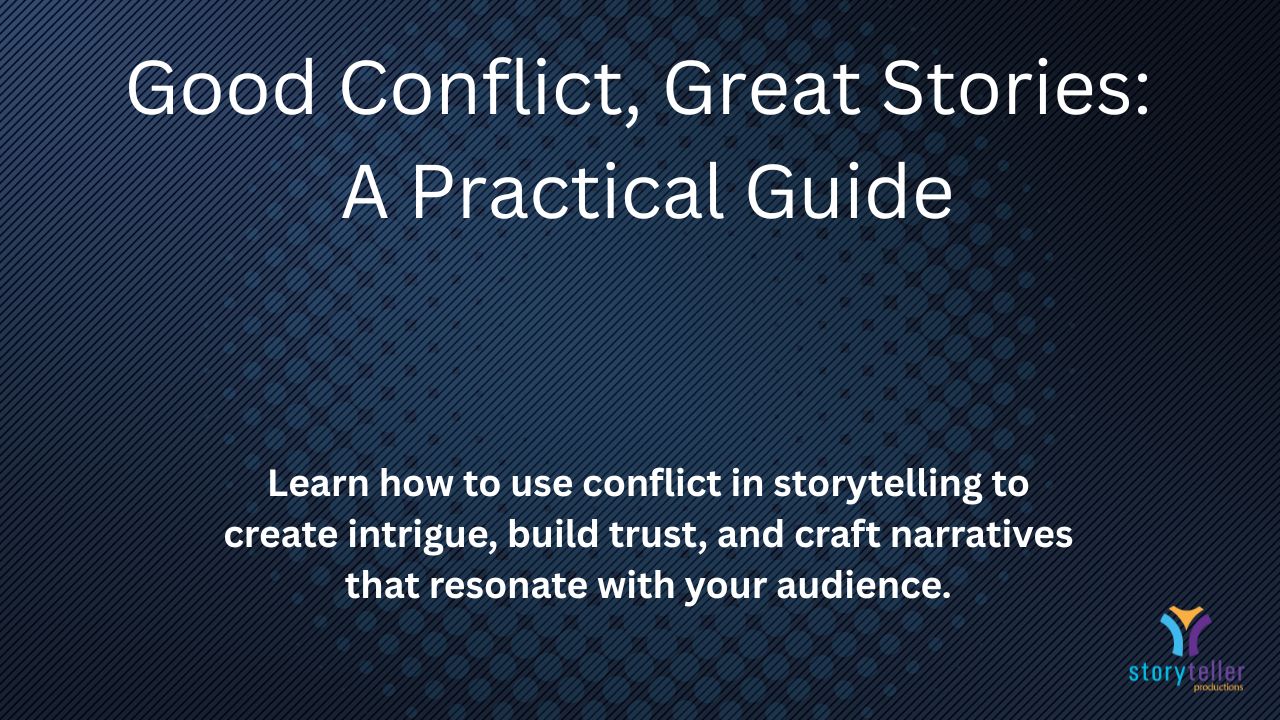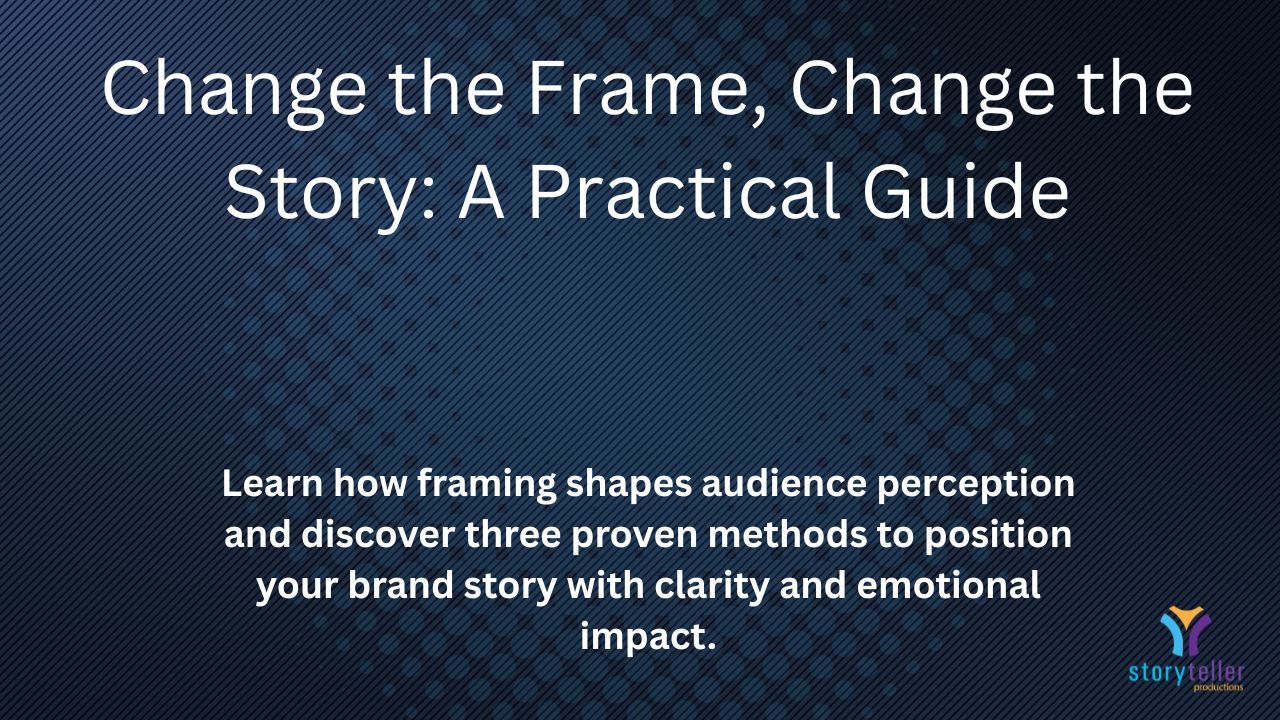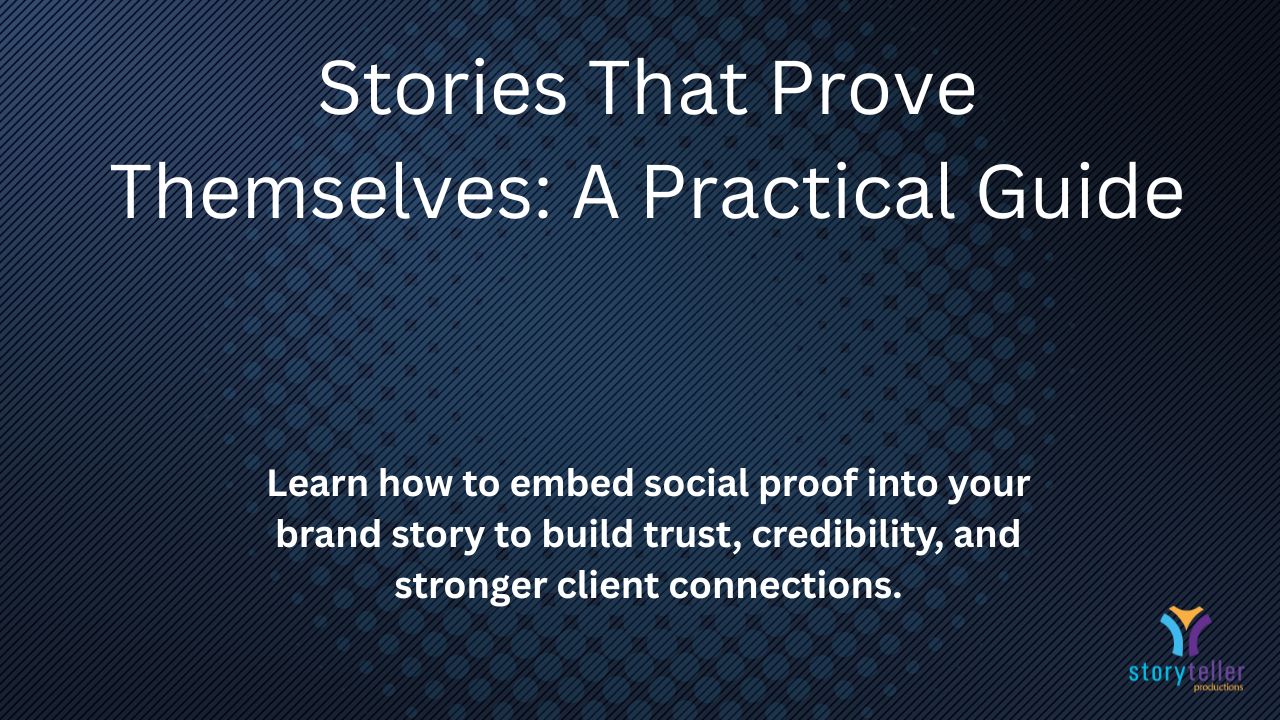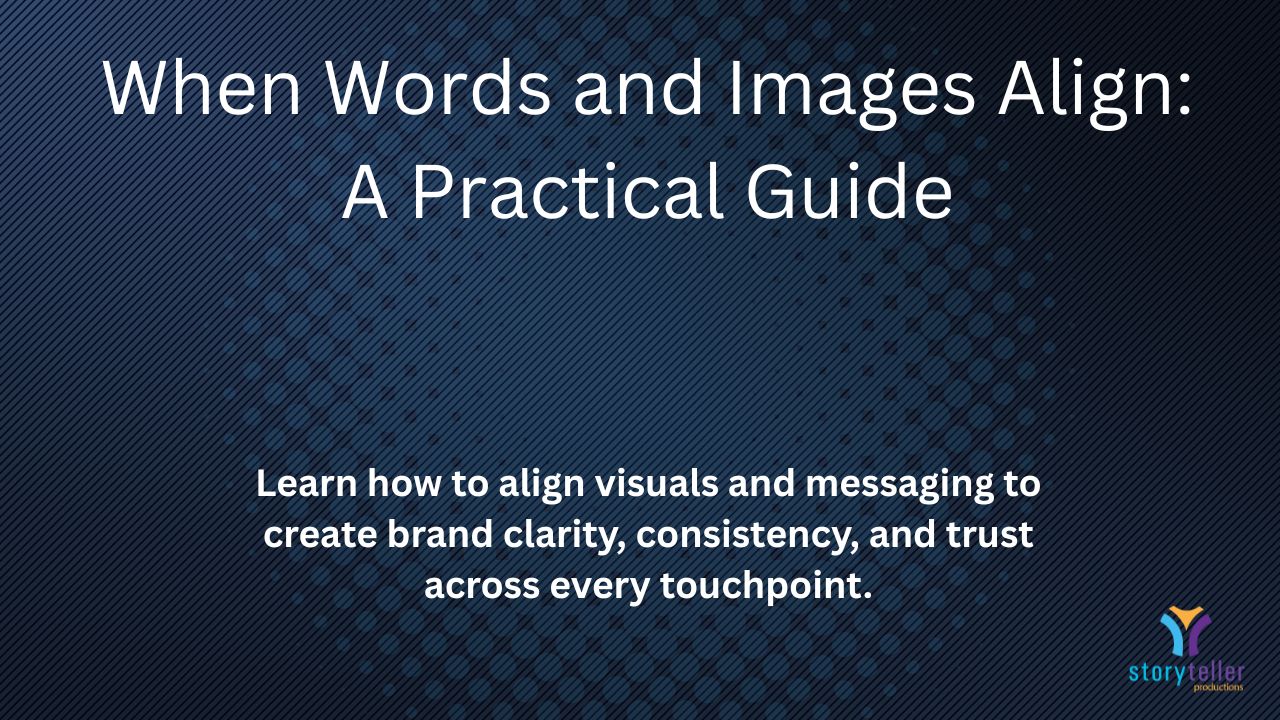Cut the Story Clutter: A Practical Guide
Here’s the hard truth: your audience doesn’t owe you their attention.
They’re already overwhelmed with notifications, emails, ads, and endless scrolling. If your message isn’t sharp, it gets lost. And when your story is cluttered, people don’t just tune out — they forget you.
Clarity isn’t a luxury. It’s survival.
This guide will show you how to cut the story clutter, sharpen your message, and deliver communication that earns trust, attention, and recall.
Why Clarity Wins
Message clarity is the ability to say one thing clearly enough that people remember it. Not five things. Not 17 bullet points. One thing.
When your message is clear, it:
- Captures attention quickly in a noisy environment.
- Builds trust because people know what you stand for.
- Drives action because the next step is obvious.
Think of it this way: cluttered messages are like cluttered rooms. The more stuff crammed in, the harder it is to find the thing you actually came for. Clear messaging is walking into a room where everything has its place. Immediate. Obvious. Useful.
The Framework for Clarity
1. Know Your Audience
Who are you really talking to? Not a vague demographic. A person with specific struggles, needs, and desires. Tailor your language to them, not to yourself.
2. Define Your Core Message
What is the single most important point? One sentence. If you can’t summarize your message in a line, your audience won’t either.
3. Use Simple Language
No jargon. No insider buzzwords. If a 15-year-old or your grandmother wouldn’t understand it, it’s probably too complicated.
Real-World Proof
- Apple: Their launches strip away technical clutter and focus on experience. “1,000 songs in your pocket” wasn’t about gigabytes. It was about freedom.
- Nike: “Just Do It.” Three words that contain a whole philosophy of empowerment and motion.
Both prove that less is not only more — less is memorable.
Steps to Remove Distractions
- Identify Clutter
Audit your current messaging. What’s extra? What’s jargon? What’s only there because someone on the team insisted? - Streamline Content
Cut or rephrase anything that doesn’t serve the core message. Brevity forces discipline. - Use Visuals Wisely
Support, don’t distract. Every chart, graphic, or slide should reinforce the core point, not compete with it. - Test the Narrative
Share with a small audience. Ask: “What did you take away?” If their answer doesn’t match your intention, it’s not clear enough yet.
Practical Tools
- The 3-Point Rule
Limit your narrative to three main points. Our brains retain trios better than laundry lists. - Checklist for Clarity
- Is the core message obvious?
- Are distractions minimized?
- Is the language simple and human?
- Do visuals reinforce, not distract?
- The Elevator Test
Condense your message into 30 seconds or less. If you can’t, you don’t own your story yet.
The Dating Analogy
Think of communication like dating.
- Marketing is what gets attention — the moment someone looks across the room.
- Branding is why they say yes to the first date.
- Clarity is why they say yes to the second, third, and fourth.
Because no one wants to keep dating someone confusing, long-winded, or trying too hard. The same is true for your brand. If your message is cluttered, people won’t stick around.
Closing Thought: Clarity is Strategy
Cutting story clutter isn’t just about cleaner copy. It’s about trust, resonance, and relevance.
When you know your audience, define your core message, and strip away distractions, your communication becomes a strategic asset — something people repeat, remember, and act on.
Reflection Question: What one message could you sharpen today so clearly that your audience repeats it back to you tomorrow?




